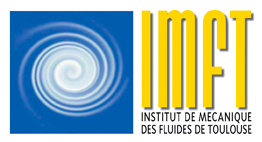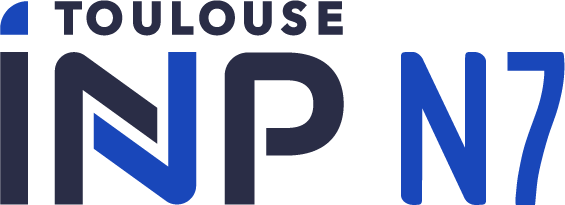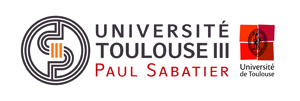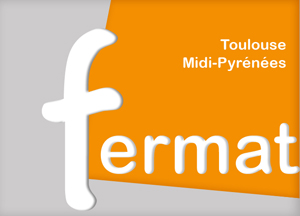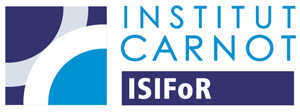Modeling flow in fractured geologic media : Upscaling and apllication geothermal reservoirs
Soutenance de thèse Tawfik RAJEH
Mercredi 5 juin à 14 h 00 Amphithéâtre Nougaro
Abstract :
Fractures constitute major pathways for flow and transport in fractured porous rocks. These types of rocks are encountered in a wide range of applications like for example gas and petroleum engineering, CO2 sequestration and geothermal energy extraction.
The present thesis presents a framework to analyze geometrical, topological and hydraulic properties of 3D planar fracture networks with focus on upscaling these properties to obtain an equivalent continuum, in view of application to simulations of geothermal reservoir exploitation.
The description of fractures and discrete fracture networks (DFN), their statistical properties and their generation procedures are studied. As permeability plays a key role in flow and transport in fractured porous rocks, we have developed a fast upscaling approach for determining the equivalent permeability tensor of 3D fractured porous media. This new approach is based on the superposition principle improved by empirical connectivity factors in order to take into account the connectivity and percolation properties of the fracture network.
Although efficient in predicting permeability, the proposed method presents a major limitation due mainly to the difficulty in assessing the percolation and connectivity properties of the network. To overcome these limitations and for further insightful analyses of DFN composed of planar fractures, an original framework of geometrical and topological analysis of 3D fracture networks has been developed. In this framework, all the geometrical and topological attributes (intersections, areas, trace lengths, clusters, percolating clusters, etc.) of a DFN are explicitly calculated by a set of algorithms. These algorithms are validated in detail by comparison to commercial softwares, and their computational efficiency is highlighted. The final purpose of this framework is to give a graph representation of the DFN.
Given the newly developed tools, our capabilities of treating fracture networks have drastically increased. Hence, using a graph representation of the DFN, new approaches have been developed concerning two main issues with fracture networks : (i) percolation, (ii) clustering phenomenon (i.e., the formation of clusters by groups of fractures) and (iii) permeability upscaling.
A large scale thermo-hydraulic simulator has therefore been developed with the finite volume open source code “OpenFoam”. The purpose is to apply the upscaling techniques to large scale reservoir configurations with a full coupling with heat transfer. A typical example of injection-production wells in a 3D geothermal reservoir is presented, and other cases are being developed within the GEOTREF project ( www.geotref.com ).
Composition de Jury :
- M. Benoît NOETINGER, Rapporteur
- Mme Inga BERRE, Rapporteure
- M. Philippe RENARD, Examinateur
- M. Michel GARCIA, Examinateur
- M. Dominique BRUEL, Examinateur
- M. Jean-François THOVERT, Examinateur
- M. Rachid ABABOU, Directeur de thèse
- M. Manuel MARCOUX, Co-directeur de thèse
- M. Israel CAÑAMON , invité
